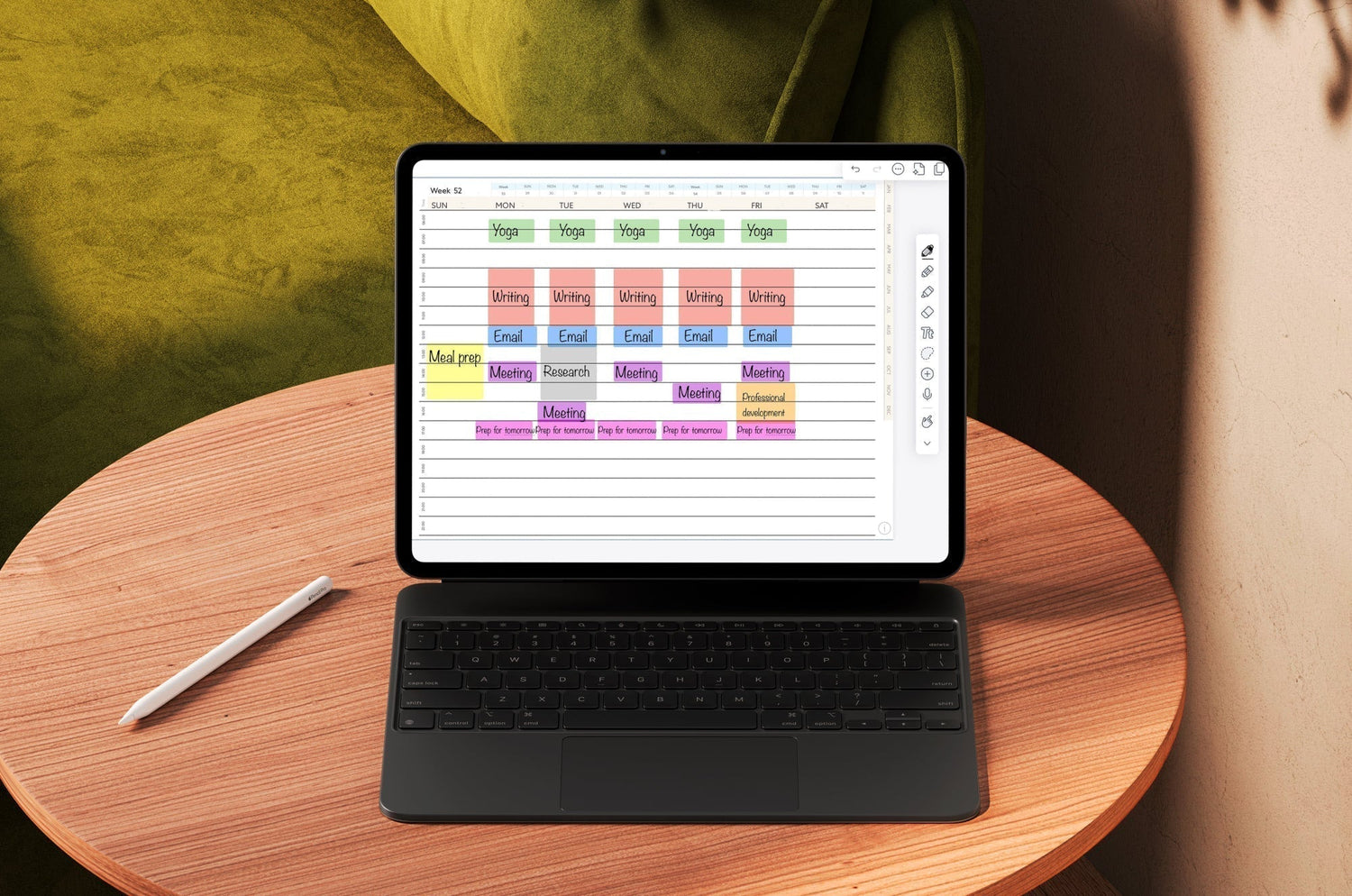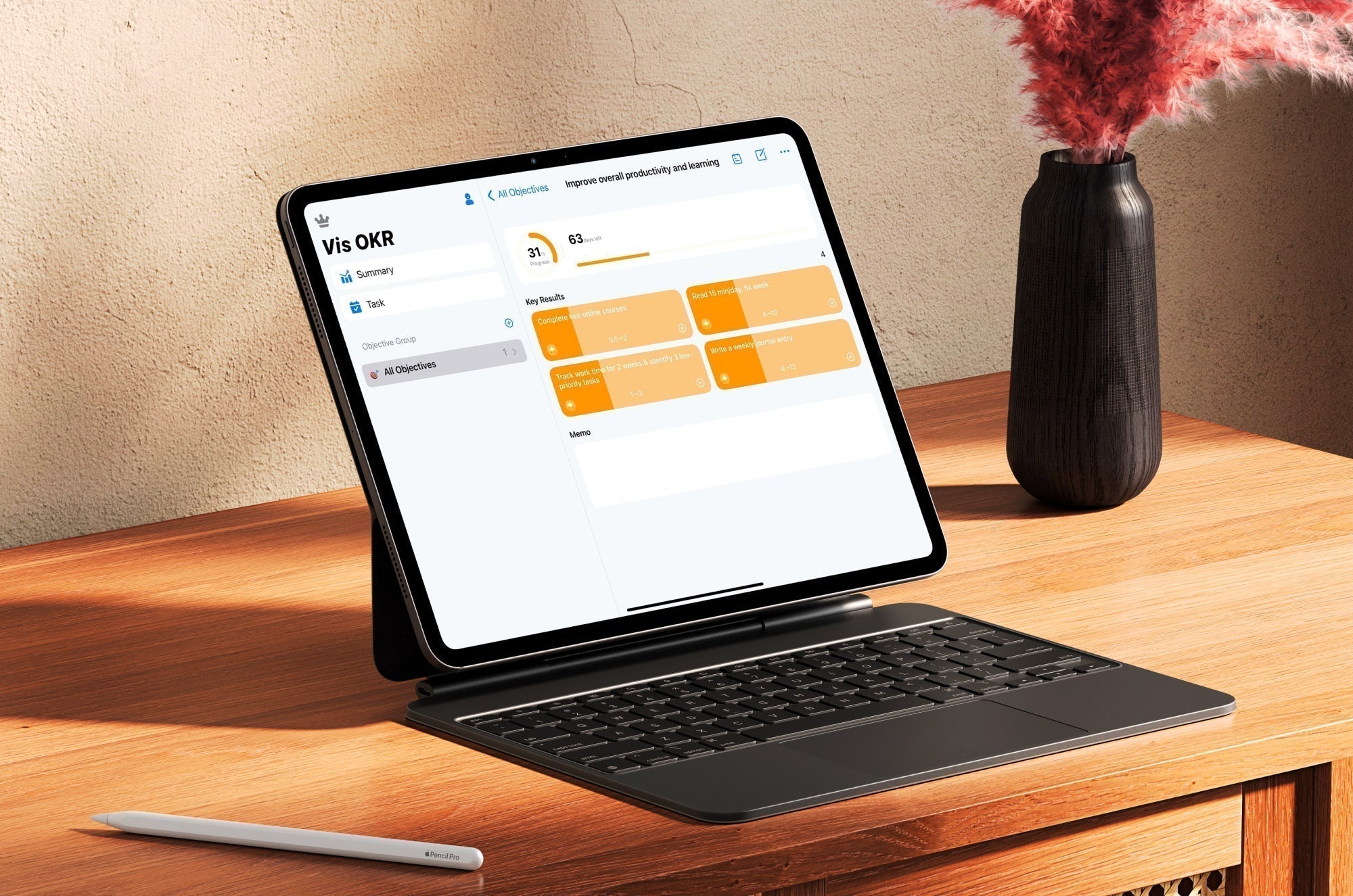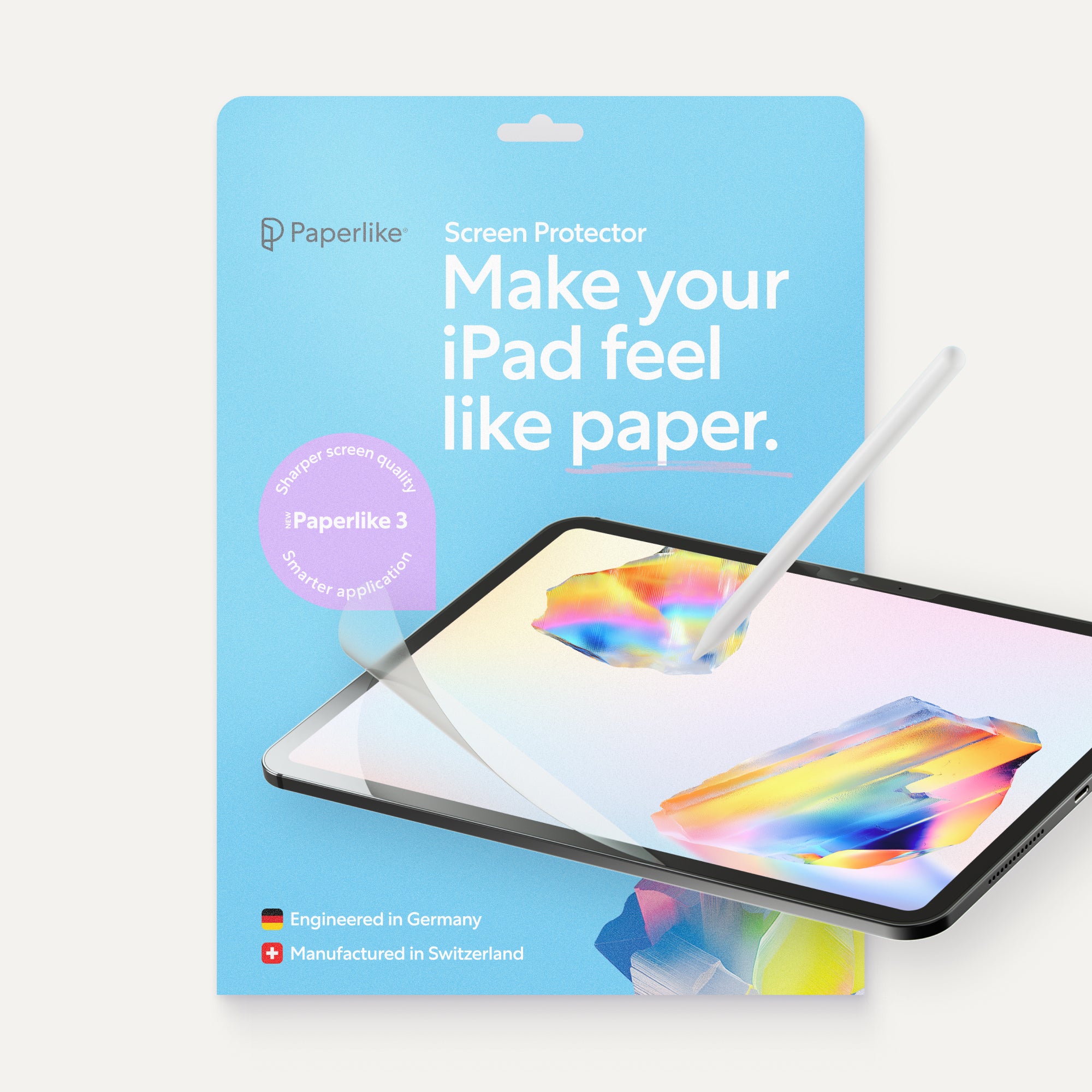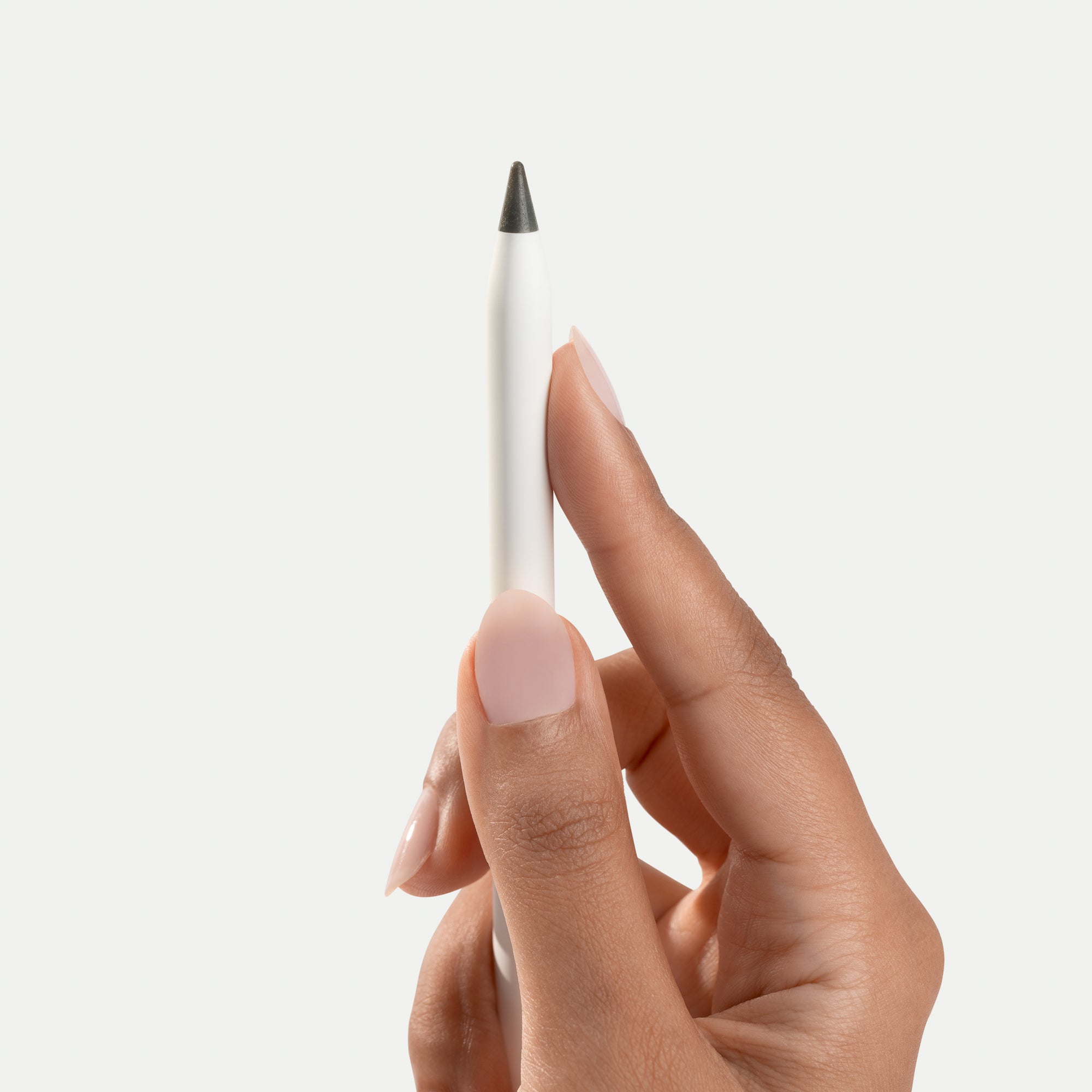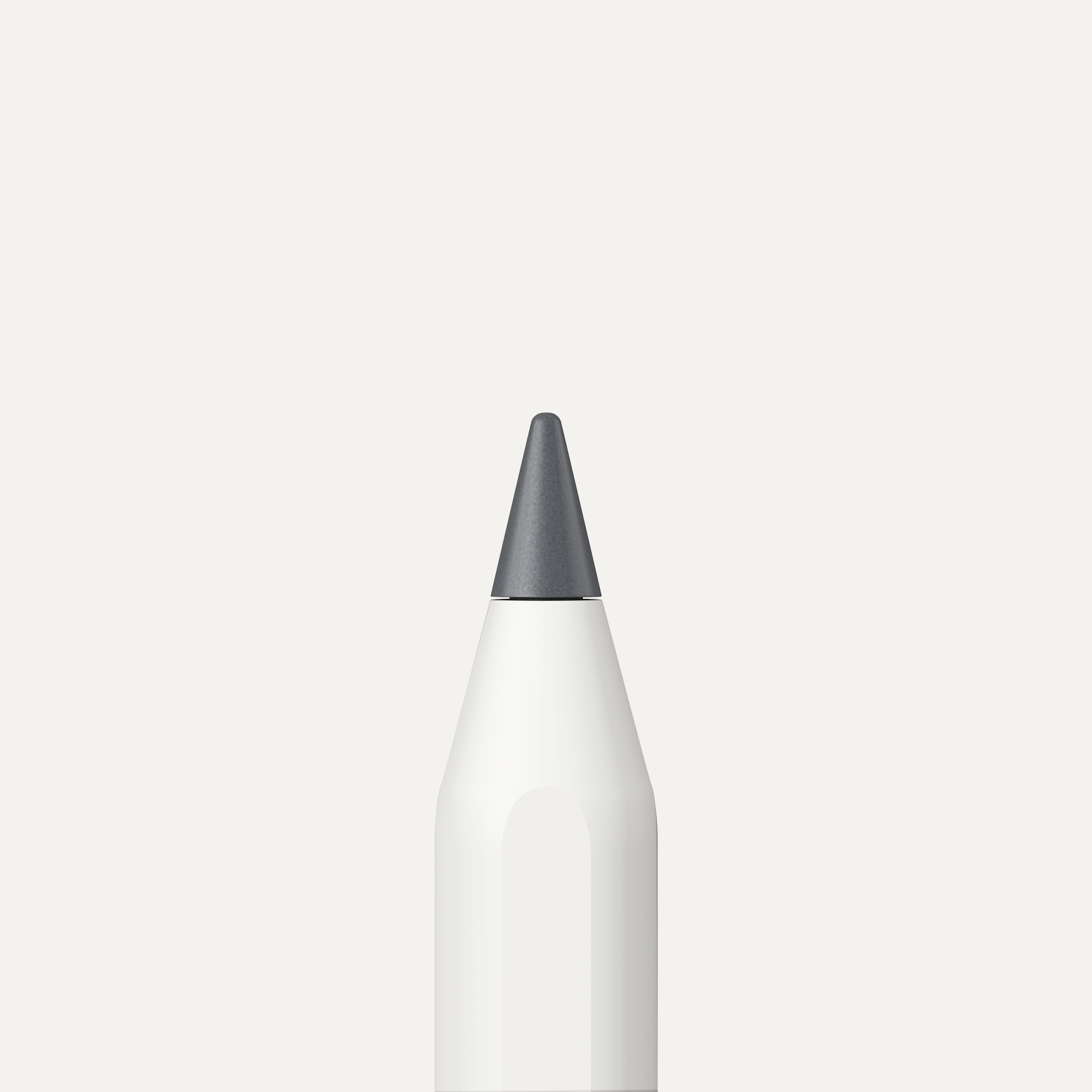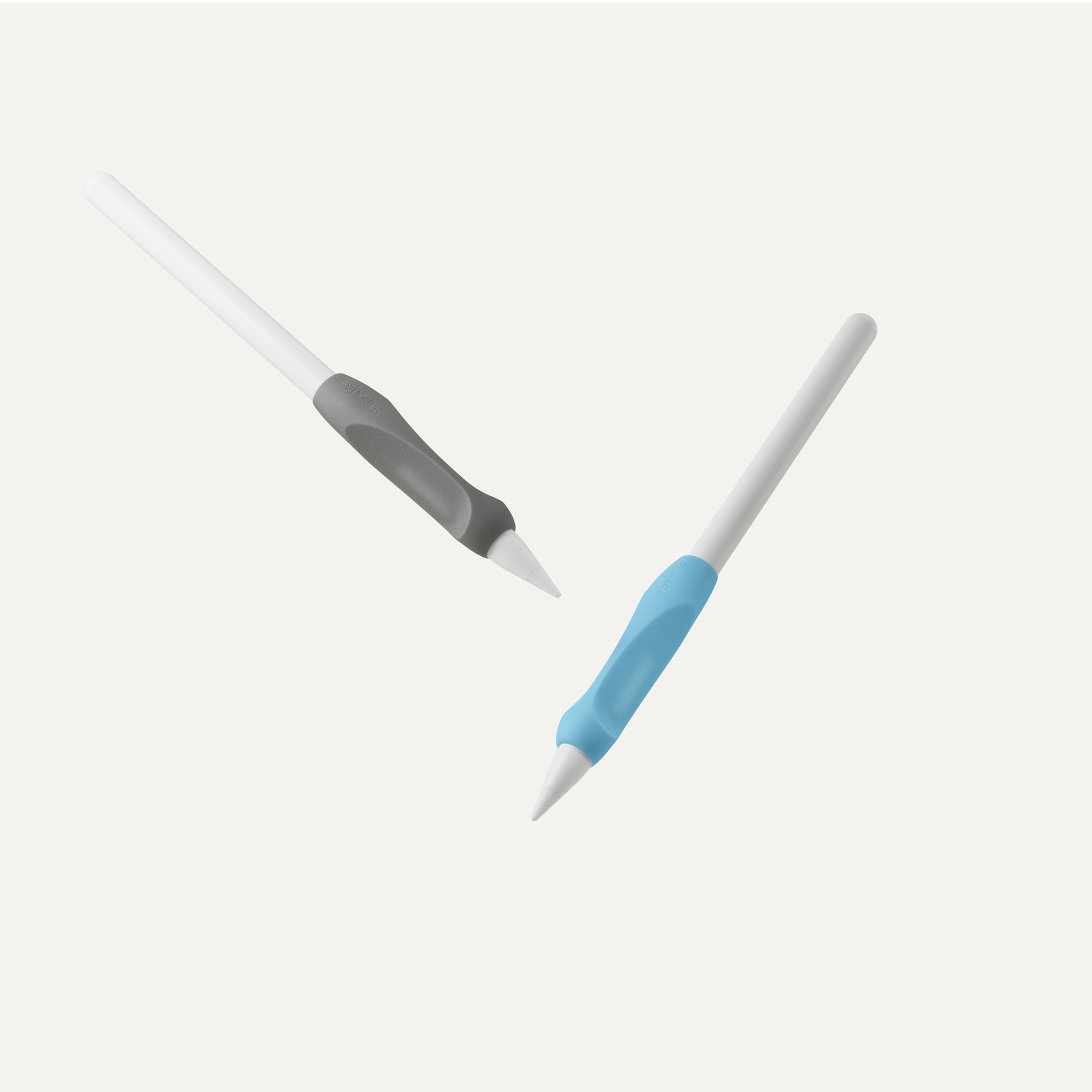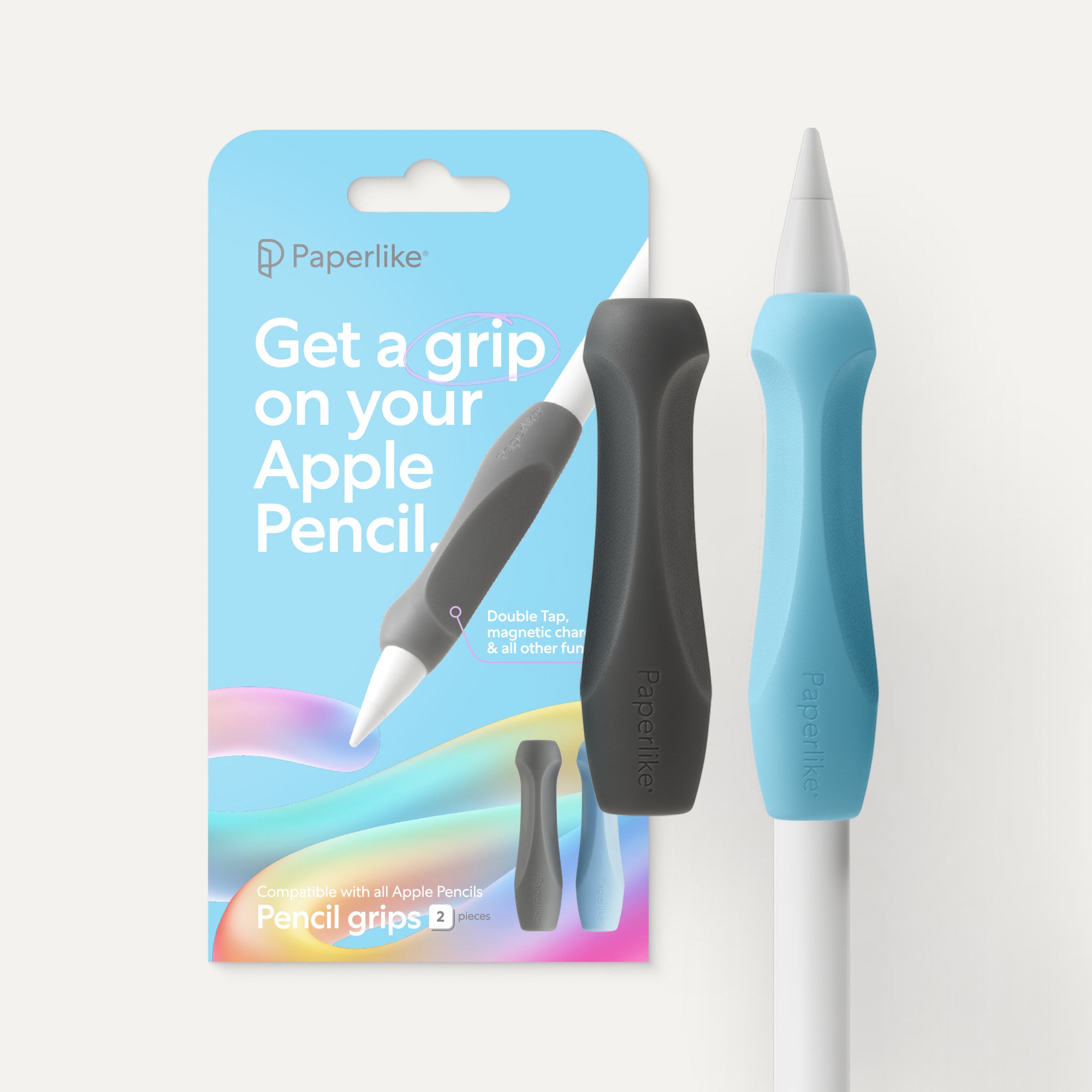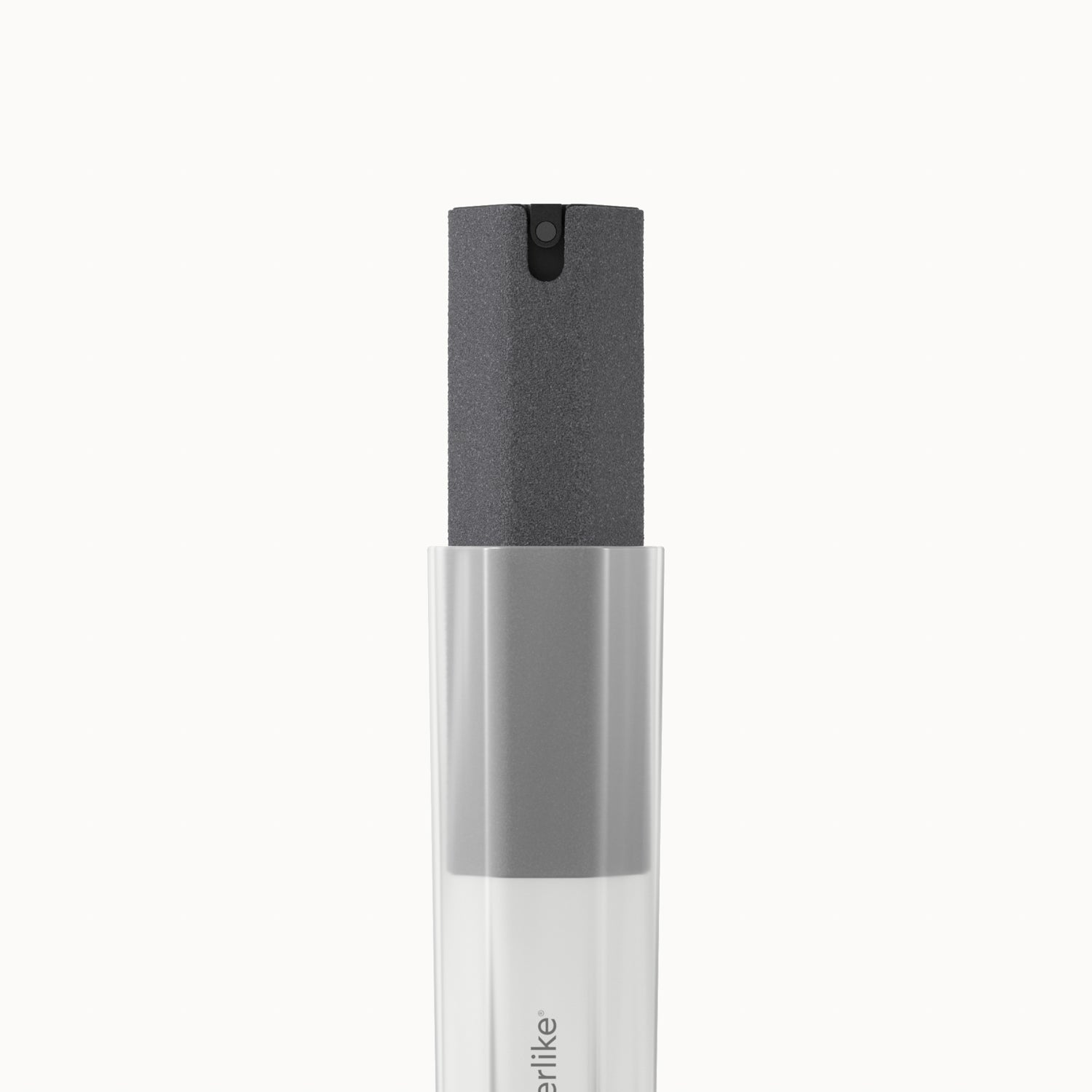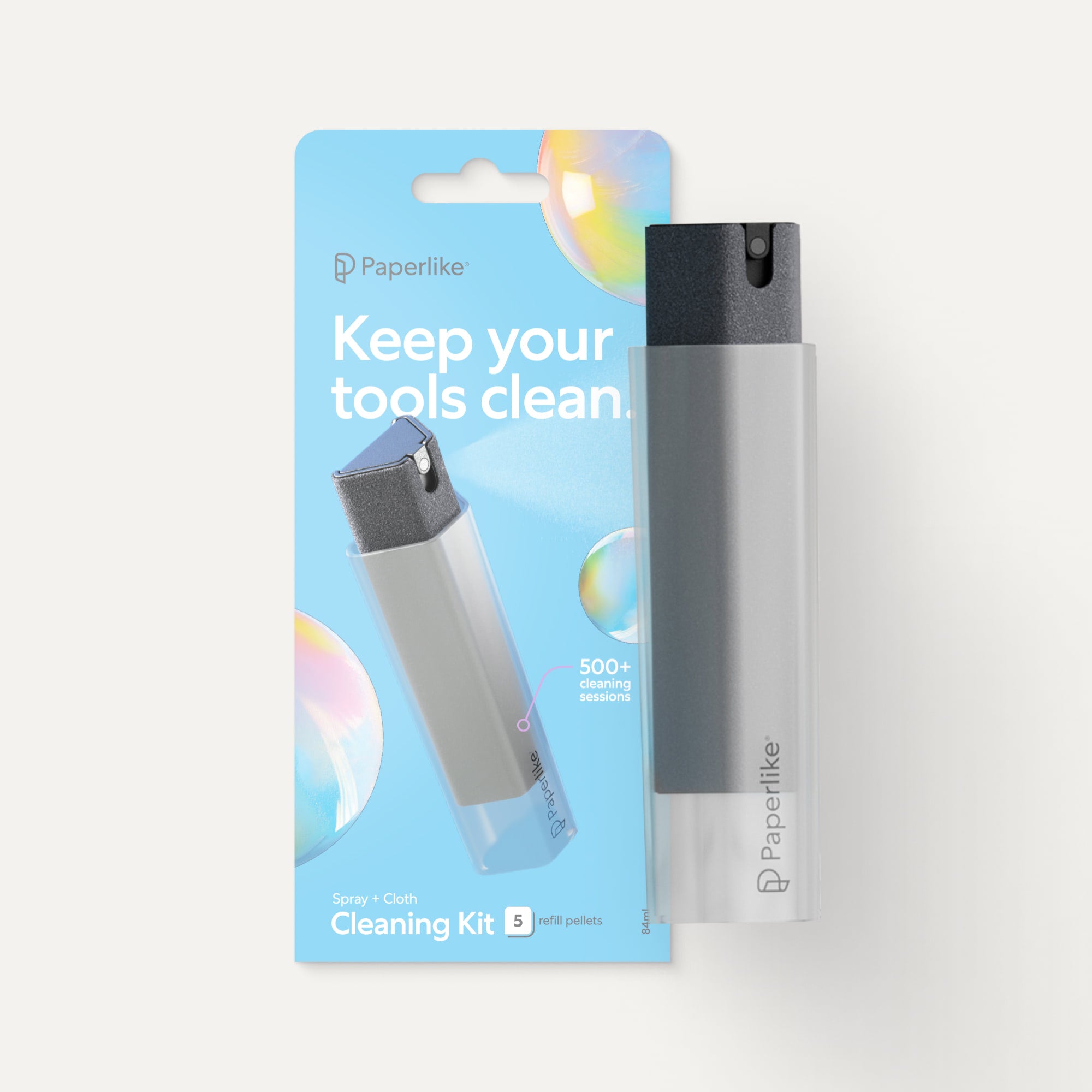This month, I went in search of more control over my calendar.
Like a lot of people juggling competing priorities, I often feel like I’m reacting to my day instead of driving it. I wanted to see what would happen if I took a more deliberate approach.
So I tried Time Blocking.
Would it help me stay focused and avoid distractions? Would it make my days feel less chaotic?
Let’s find out.
About Time Blocking
Time blocking is a time management method in which you divide your day into distinct blocks of time, each dedicated to a specific task or group of tasks. It's like creating a daily schedule but with more intention and specificity.
The concept: Instead of working from a to-do list, you assign every task a specific time slot in your calendar.
For example, instead of just writing “Work on presentation,” your calendar might look like this:
- 9:00 AM – 10:30 AM: Draft slides.
- 10:30 AM – 11:00 AM: Emails & messages.
- 11:00 AM – 12:00 PM: Team meeting.
The goal: By turning your to-do list into a structured schedule, you create boundaries around your time and focus on one thing at a time. That helps eliminate multitasking, minimize distractions, and make better use of your day.
You can learn more about Time Blocking by checking out Todoist’s or Clockwise’s blog on the method.

Blocking out my time
As someone who tends to bounce between tasks, I hoped that time blocking would help me be more intentional with how I worked and feel less overwhelmed by everything on my plate.
What was I aiming for? To stop multitasking, focus more deeply, and create a realistic structure for my days. Bonus points if it helped me actually feel more productive instead of just busy.
Here’s how I approached it:
- I started with my digital planner and mapped out my top priorities for the month.
- I broke each project into smaller tasks.
- Then I scheduled time blocks throughout the week, making sure to leave space for breaks and buffer time.
The first week? Let’s call it chaotic neutral.
I underestimated how long tasks would take, which led to overlap. And when unexpected things popped up, like a last-minute meeting or an email that had to be answered, it threw the whole day off.
I also struggled with the rigidity. There were days when I just wanted to work at my own pace or follow where the creative energy led me.
But that’s where the learning kicked in.

Slicing through the schedule
To make it work, I had to build in some flexibility.
By the second week, I started adding a daily “flex block” for things I didn’t plan for, like urgent emails, quick fixes, and overflows. That simple change made a huge difference.
I also learned to be more honest about how long tasks actually take me. Writing a blog post doesn’t take an hour. (Shocker!)
After a bit of trial and error, I got better at estimating.
By the end of the month, my calendar looked less like an idealized version of my day and more like an actual, functional plan.
And it worked.
I was more focused. I was finishing projects faster. I felt less frazzled by the end of the day.
What worked and what didn’t
What worked? Time blocking gave me a clear structure that made it easier to prioritize my day.
- I was more focused. Having dedicated blocks helped me avoid multitasking and stay locked in on one thing at a time.
- I got better at estimating time. Scheduling tasks forced me to think realistically about how long things would take.
- I built better boundaries. Setting clear start and end times helped me separate work from breaks, and actually enjoy both.
But what didn’t work? It took some adjusting to find the right balance between structure and flexibility.
- It felt rigid at first. Some days, I needed more freedom than my schedule allowed.
- Unexpected tasks threw me off. Without room for surprises, one change could derail the whole plan.
- Early time estimates were off. I consistently underestimated how long tasks would take until I fine-tuned my blocks.
Final thoughts
Time blocking took effort, especially at the beginning. But once I gave myself room to adapt, it became a powerful tool for organizing my days and protecting my time.
I won’t be blocking every hour of every day, but I will be using it for high-focus days and big projects going forward. It’s structure with a side of sanity.
Curious to try it? Start small. Try blocking one or two hours each day for deep work and build from there.
And if you're looking for the perfect setup to make it even easier?
Paperlike’s Digital Planner is a great way to map out your time blocks, plan your day, and stay on track. Plus, with accessories like Paperlike’s Screen Protector and Pencil Grips, you can turn your iPad into the ultimate productivity tool.


